Acridine Orange Base CAS: 494-38-2 | MF: C17H19N3 | MW: 265.35, Buy now Histological Stains & Dyes for Histology, Cytology, Microbiology, Hematology & Biology Lab from TriStains. All Tristains products are exclusively distributed by Dawn Scientific Inc.
Acridine Orange Base, a fluorescent dye, has several applications in biological and biomedical research. A member of the class of aminoacridines that is acridine carrying two dimethylamino substituents at positions 3 and 6. The hydrochloride salt is the fluorescent dye acridine orange, used for cell cycle determination. It is also known as Solvent Orange 15. Its stability at low pH allows it to penetrate even acidic organelles in order to bind to DNA or RNA.
TriStains provides a marketplace for histology and biological stains, which is comprehensive enough to encompass the peculiar requirements of laboratories specializing in Histology, Cytology, Microbiology, and Hematology. With a reputation for exceeding quality expectations, TriStains performance is outstanding which allows for resolution of cell and tissue components fundamental to life sciences to be clearly visualized. Each product under TriStains series is validated for accuracy, reliability and consistency. TriStains, which manufactures and markets stains and indicators in various packing, offers laboratories turn key solutions for all their staining and indicator needs, improving accuracy in every experiment.
Application :
- Acridine orange base is used in a wide variety of biotechnology applications, including microscopy and flow cytometry.
- It is commonly used for staining nucleic acids, including DNA and RNA, in cells and tissues. It intercalates into the nucleic acid strands and emits fluorescence, allowing for the visualization and analysis of DNA or RNA distribution, integrity, and cellular localization.DNA/RNA Quantification.
- It is used to assess cell viability. It can distinguish between live cells (green fluorescence) and apoptotic or dead cells (orange-red fluorescence) based on their staining patterns.
Benefits :
- Gives accurate, reliable, and reproducible results
- Quantifying nucleic acids in solution
- Stable at low pH
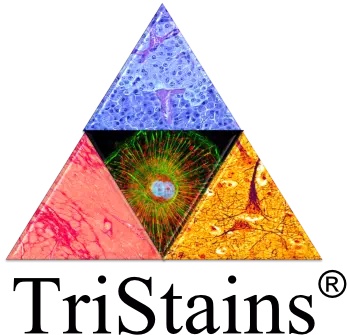


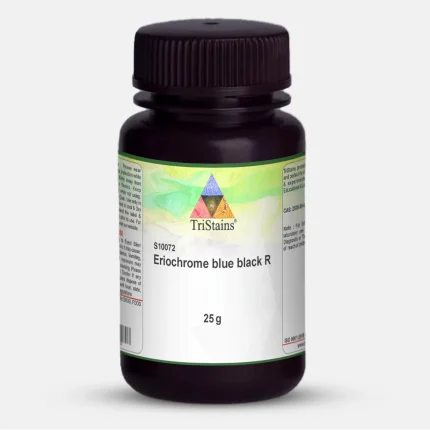
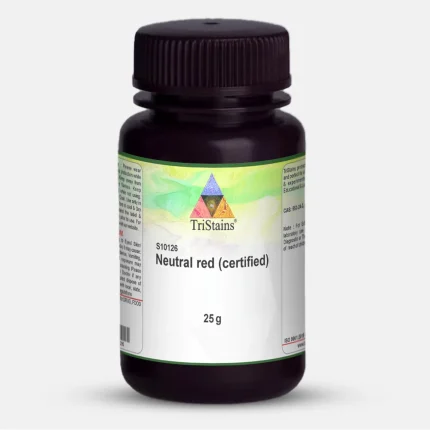
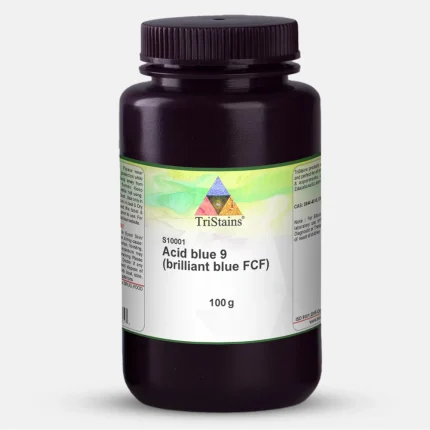
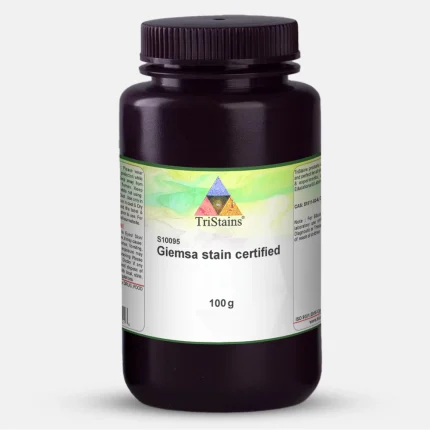

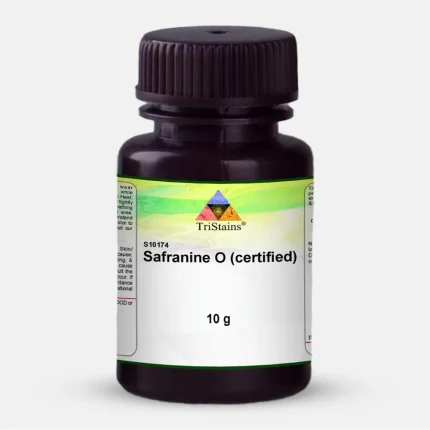




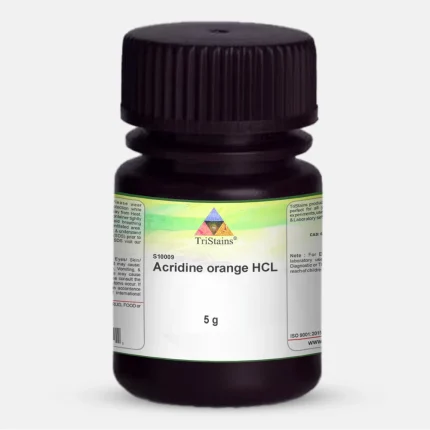
Reviews
There are no reviews yet.